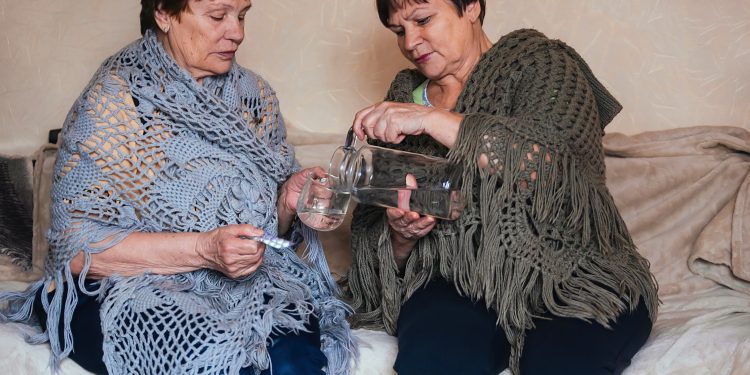Aspiration is when food or liquid is going to enter the airway. However, we do not want that to occur. Aspiration pneumonia is the number one cause of death in all people with any form of neurodegenerative disease. This can feel a bit looming and a little bit heavy, but don’t be afraid. Make sure you have a speech therapist on your team that can help you address any problems you might have swallowing.
Depending on the problems that you’re having, you may need to be seen in the speech therapist’s office or they may come to your home to do the assessment. You may also likely need to go into a radiology department and have an X-ray of your swallow performed. It is called a video fluoroscopic swallow study, or it could be called a modified barium swallow study.
So once the swallow is assessed, the doctors will develop a plan on how to treat whatever your difficulty is. You have to have your swallow assessed because there are many different muscle groups involved in swallowing. So, we need to identify where the problem is, and then which exercises we need to make your swallow better.
A speech therapist will work on these weak exercises. We would like to make you aware that there is a modality that some of us are trained in and that you may have applied when you’re doing your swallow or eating during therapy. It’s called neuromuscular electrical stimulation. It is also known as the vital stem. It is where the doctors apply electrodes to the throat or the outside of your cheeks and an impulse is sent, an electrical stimulation to the muscles. This is done to retain them to do a full contraction and therefore make them string stronger again.
Keep in mind that with Parkinson’s, we understand that there can be a sensory component to the disease. For some of the patients, the doctors find that they are a bit hypersensitive to this treatment. So, what they do is that start with a lower current of an electrical impulse and then work slowly and gradually to increase that current. This is done so that your body can adapt to what the sensation is and no longer be hypersensitive to it. It might take three to four sessions to a therapeutic level.
Once we remind that muscle what a full contraction is, it’s so happy to do it that it just picks it right up. Once your doctor has done that treatment, most non-Parkinson patients, may only need to do it every three years. The therapy holds that long. With Parkinson’s, it’s not that predictable. They might need to come back in six months for a bit of a tune-up or they may never need to come back. It depends on your situation.
Once the doctors have tried to improve your swallow, they may need to work on strategies to compensate for what they can’t fully fix. That may include altering the way you’re positioning or maybe the food textures that you have. When you’re working with your speech therapist, you need to be varied of blanket statements which are things like, ‘people with Parkinson’s should not use straws’ or ‘spit that gum out, you might choke on it. All of this makes no sense.
What it takes is a speech therapist to come in and assess what’s the best way for YOU to swallow. For some people, it is using a straw, for other people the water bottle even works great. For some people, you use a wide-mouth glass if you’re struggling with tremors.
The specialist work to strengthen the system, compensate, if need be, modify textures, and another important part of the equation is to make sure you have an excellent oral hygiene program. That is a particularly important way to prevent aspiration pneumonia. Our studies show that it’s not always the food and liquid that causes pneumonia but it’s the bad bacteria that’s in your mouth and saliva. This bacterium then gets aspirated into the lungs and fosters and grows pneumonia.











Discussion about this post